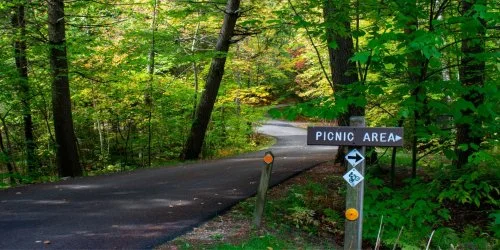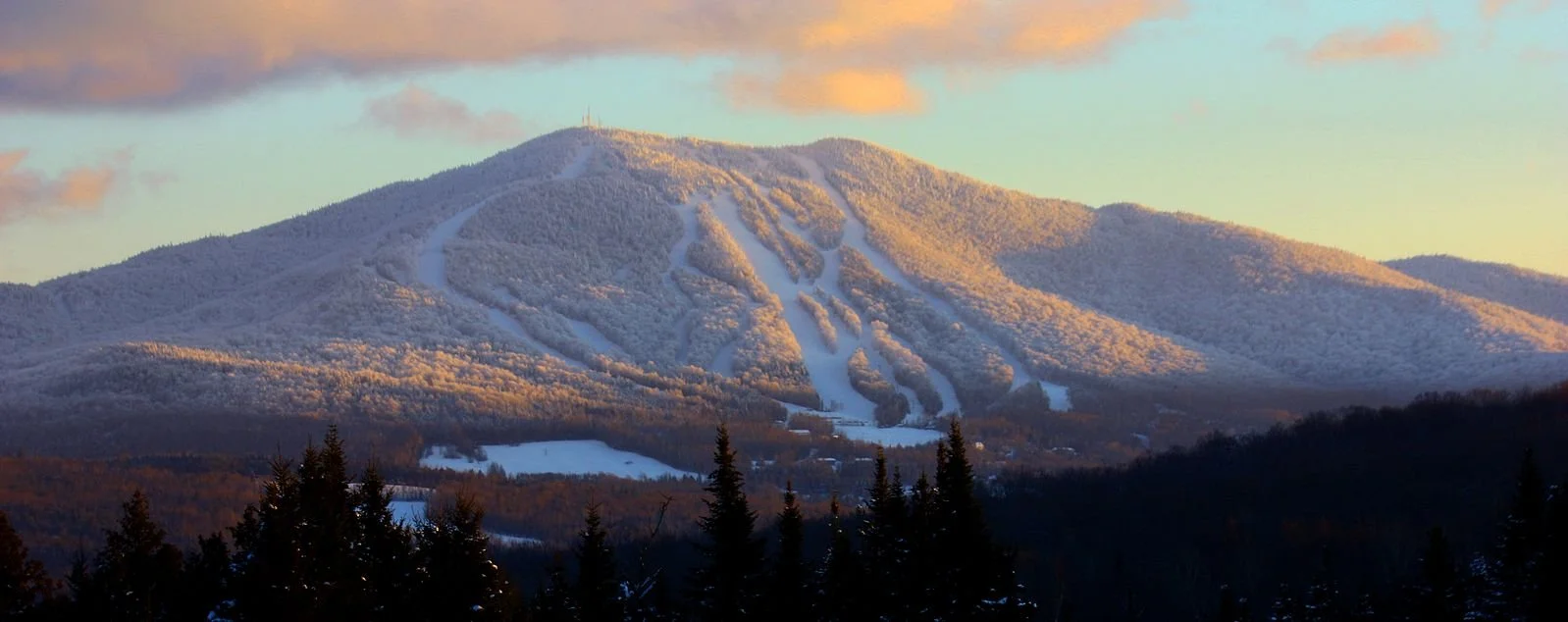Experts warn increased rainfall and trail traffic can cause dangerous erosion
Photo courtesy of the Vermont Agency of Natural Resources
With mud season just beginning, experts warn that Vermonters should stay away from high-elevation trails for now to protect natural areas from erosion and further damage.
“The intensity of the rain events that we get now — particularly in the summer season — has a much higher potential to do severe erosion of the trail tread,” said Keegan Tierny, director of field programs for the Green Mountain Club, a trail protection nonprofit.
Climate change is increasing precipitation, and larger, more intense storms are detrimental for Vermont’s trails.
“More water means more erosion,” said Claire Polfus, recreation program manager for the Vermont Department of Forests, Parks and Recreation. “As there's more big storms — where there's an inch to 5 inches of water — that is where we're seeing the most damage.”
That’s especially prevalent along older trails. When the Long Trail was constructed over a century ago, most of the paths were built straight up the mountains, increasing the likelihood that hikers will encounter water on the trail. With larger crowds using the trails every year, the risk of erosion grows.
“You almost never want to run straight up the mountain, which is what a lot of our legacy trails do,” said Tierny. “When you run straight up the hill, you catch the water, and the trail tread eventually becomes the stream bed.”
Water management on these trails is one of the main components of Ethan Hill’s job at the Vermont ATV Sportsman's Association, where he’s the trails coordinator.
“Our main goal is to keep erosion at a minimum and protect our streams and rivers,” said Hill.
If water management is left unaddressed, erosion could alter waterways and be detrimental to the environment, he said.
Storms can also cause damage when trees and debris fall across trails. But the extent of storm damage for this year is still largely unknown, as most trails are too muddy to assess.
“We haven't seen any major reports of blowdowns or other issues from the winter, which is good,” said Tierny with the Green Mountain Club. “And season to season, it's hugely variable.”
The Department of Forestry, Parks and Recreation sends full-time and seasonal staff out to clean up trails, but volunteers also do a lot of the work.
The Green Mountain Club hosts around 1,000 volunteers each year to help clean up trails across the state.
Some belong to chapters of the club and have a section of the trail they are responsible for. Others volunteer through organizations like Boy Scout troops or school groups.
“All our annual maintenance is done by volunteers, and we're always looking for new folks,” said Tierny. “And I think that's true across the spectrum for trail maintainers.”
If you are thinking about going on a hike, Polfus from the Department of Forestry, Parks and Recreation recommends checking if the trail is open first, either on a website like Trail Finder or the Vermont Mountain Bike Association’s website.
“We all have to be stewards of these great trails that we have in Vermont, and we just ask people to pay attention,” said Polfus.
Tierny added that even if a trail is open, you should turn around if you are making deep tracks in the mud. But if you’re going to travail a muddy path, it’s better to walk through the mud than try to sidestep it.
“The most resource impact comes from folks who are trying to avoid the mud and they end up widening the trail,” said Tierny.
Tierny encourages folks to contact local trail clubs to get the most up-to-date information on which trails are open and closed.
As for ATVs, the vehicles’ trail season opens May 15, weather permitting.
“If May 15 rolls around and we've had another substantial snow and the woods aren’t ready for the traffic, we will postpone our opening dates to protect that resource,” said Hill, the trails coordinator.








